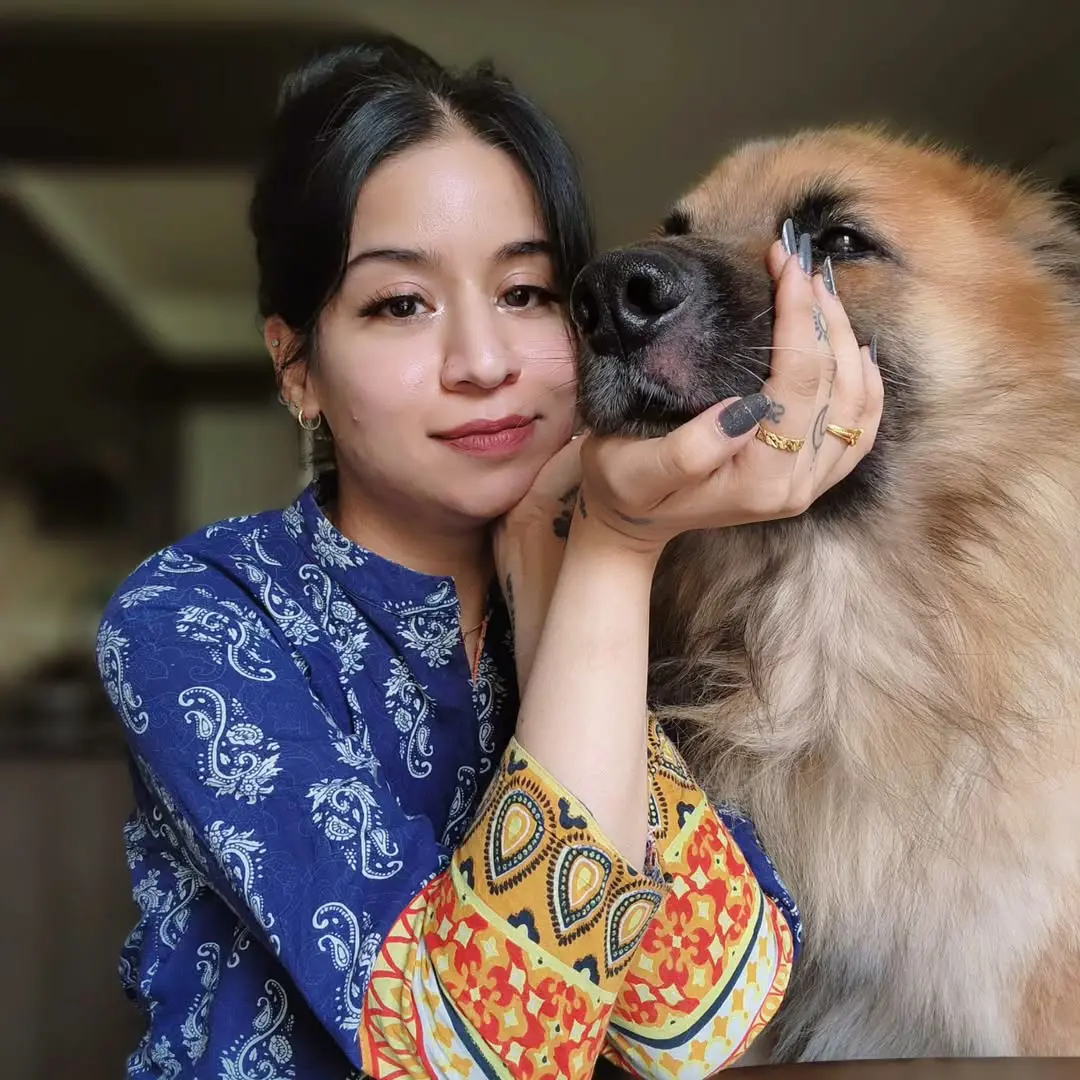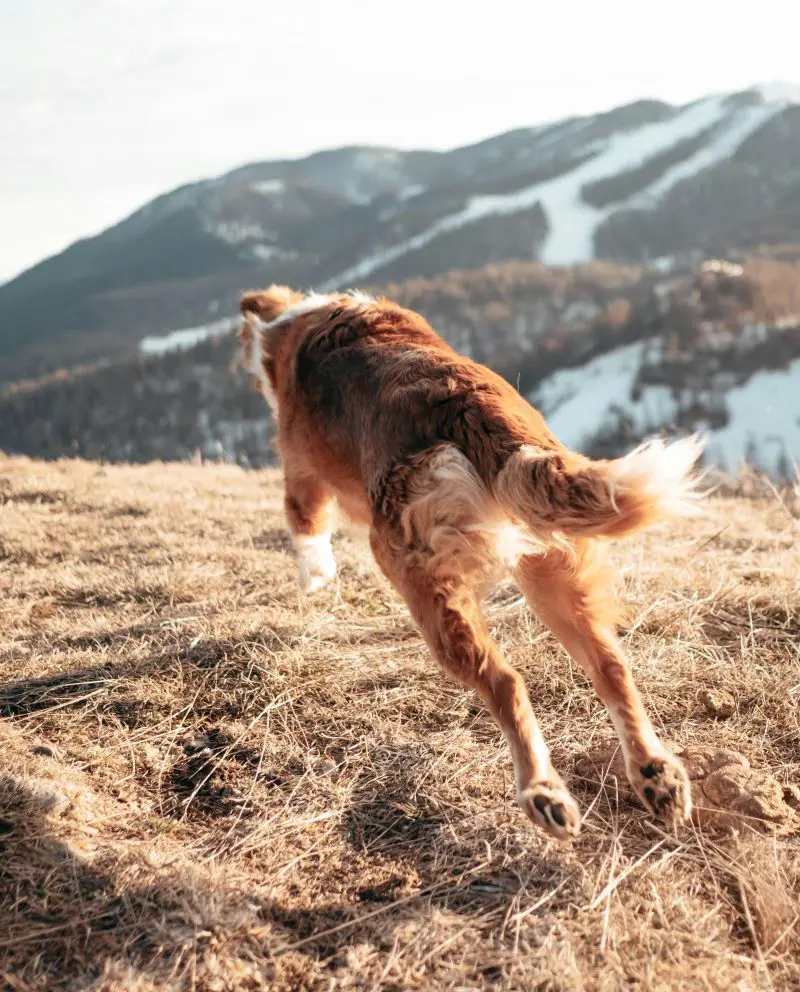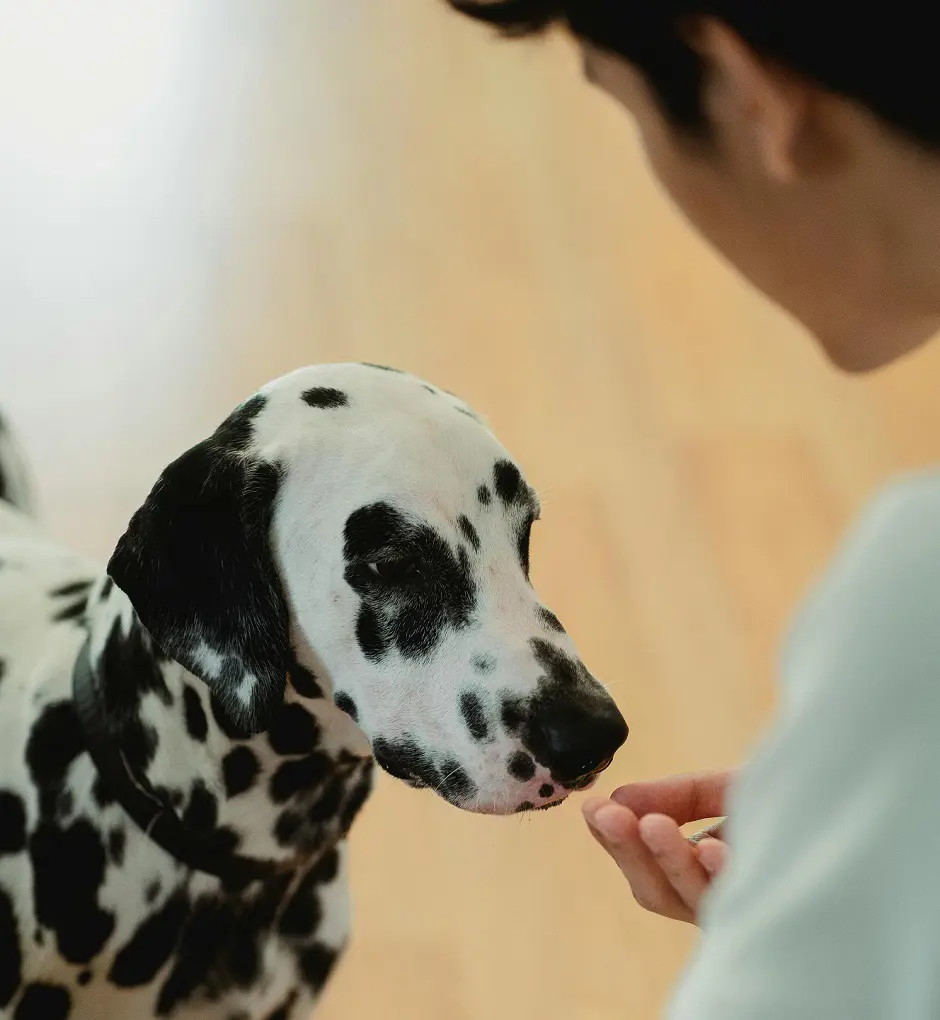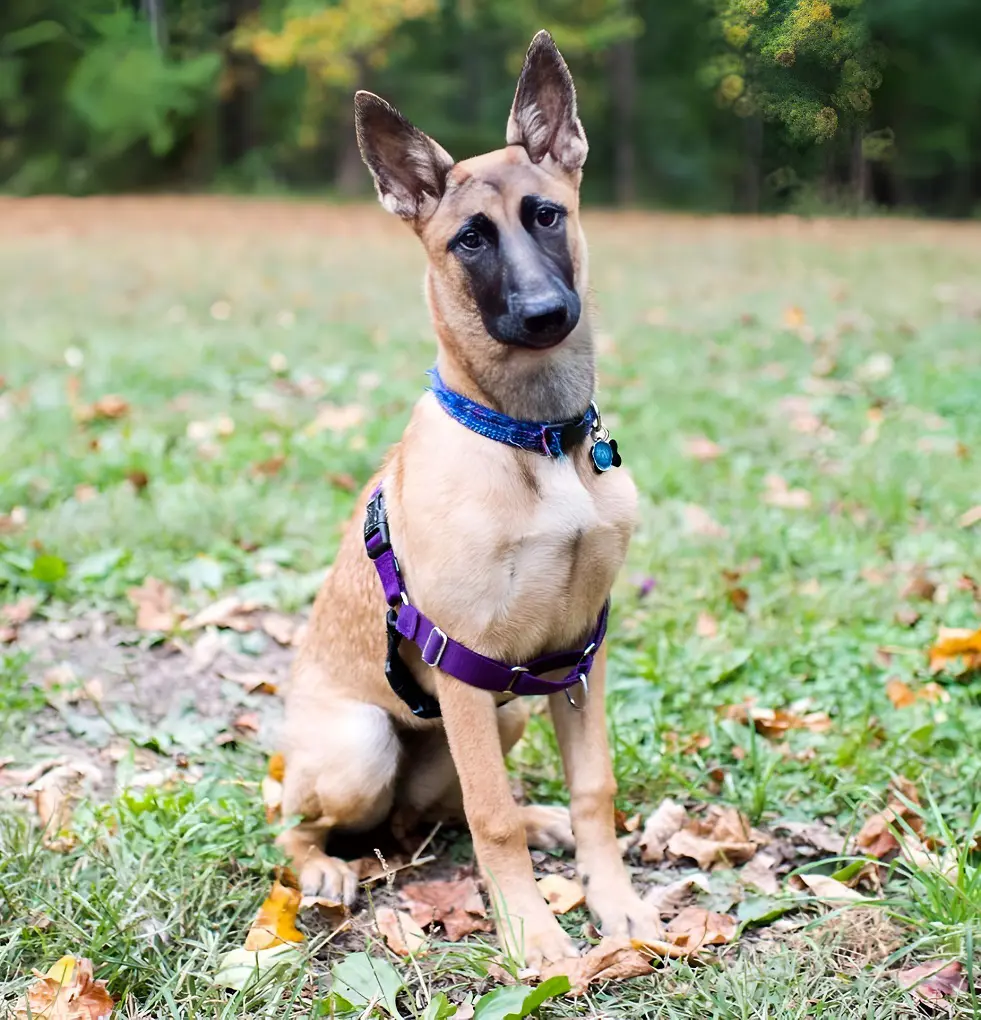18 Symptoms Of Pica In Dogs
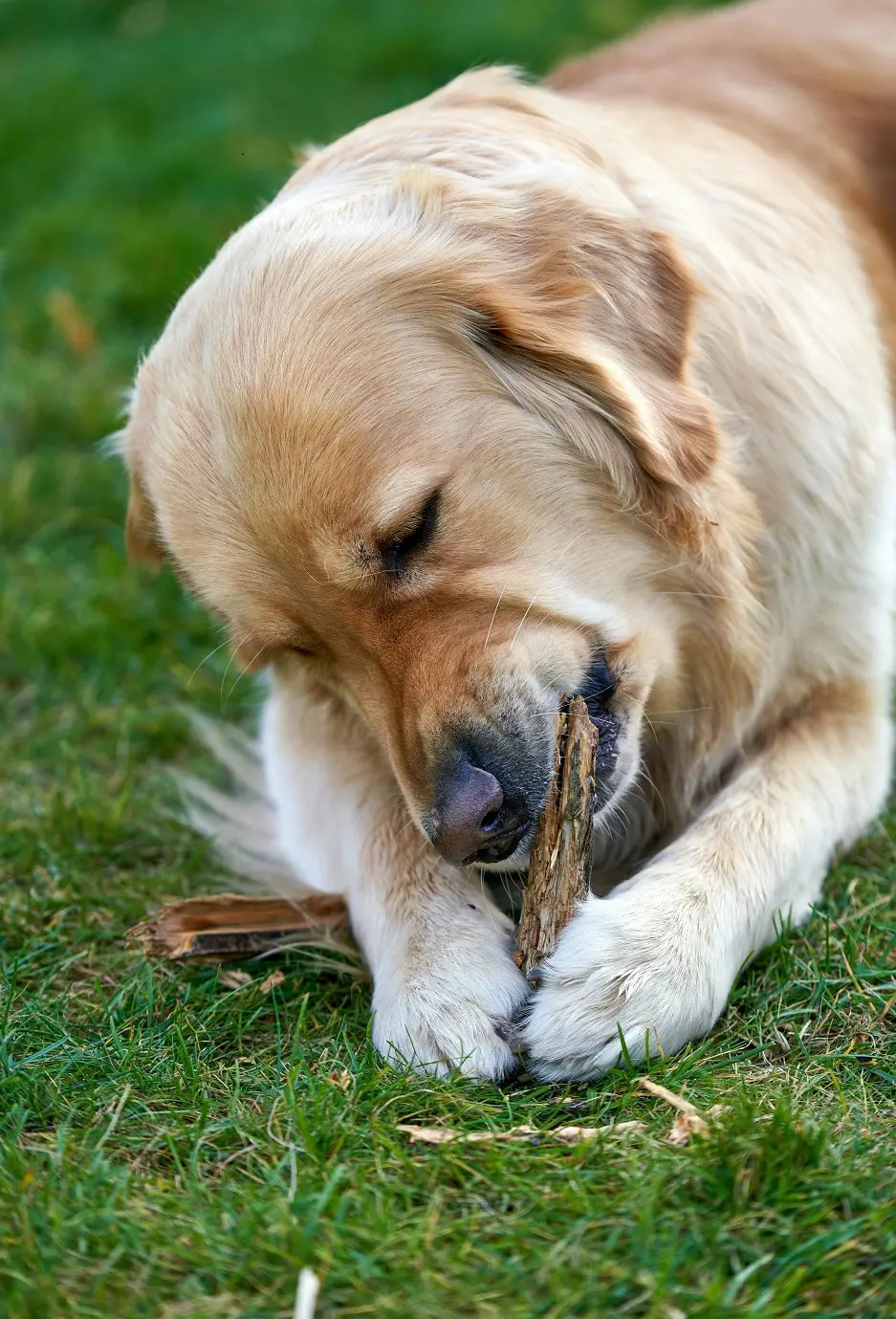
The symptoms of pica are dirt, rocks, or common household objects compulsively eaten by a dog. This act of behavior is scary and dangerous, leading to facile health complications for the dog.
It is important to understand the symptoms of pica so that you can identify them early and intervene on time to save the dog's health and safety. These guidelines present 18 signs of pica in dogs, which will enable one to properly identify and address such disturbing behavior properly.
1. Frequent Chewing On Non-Food Items
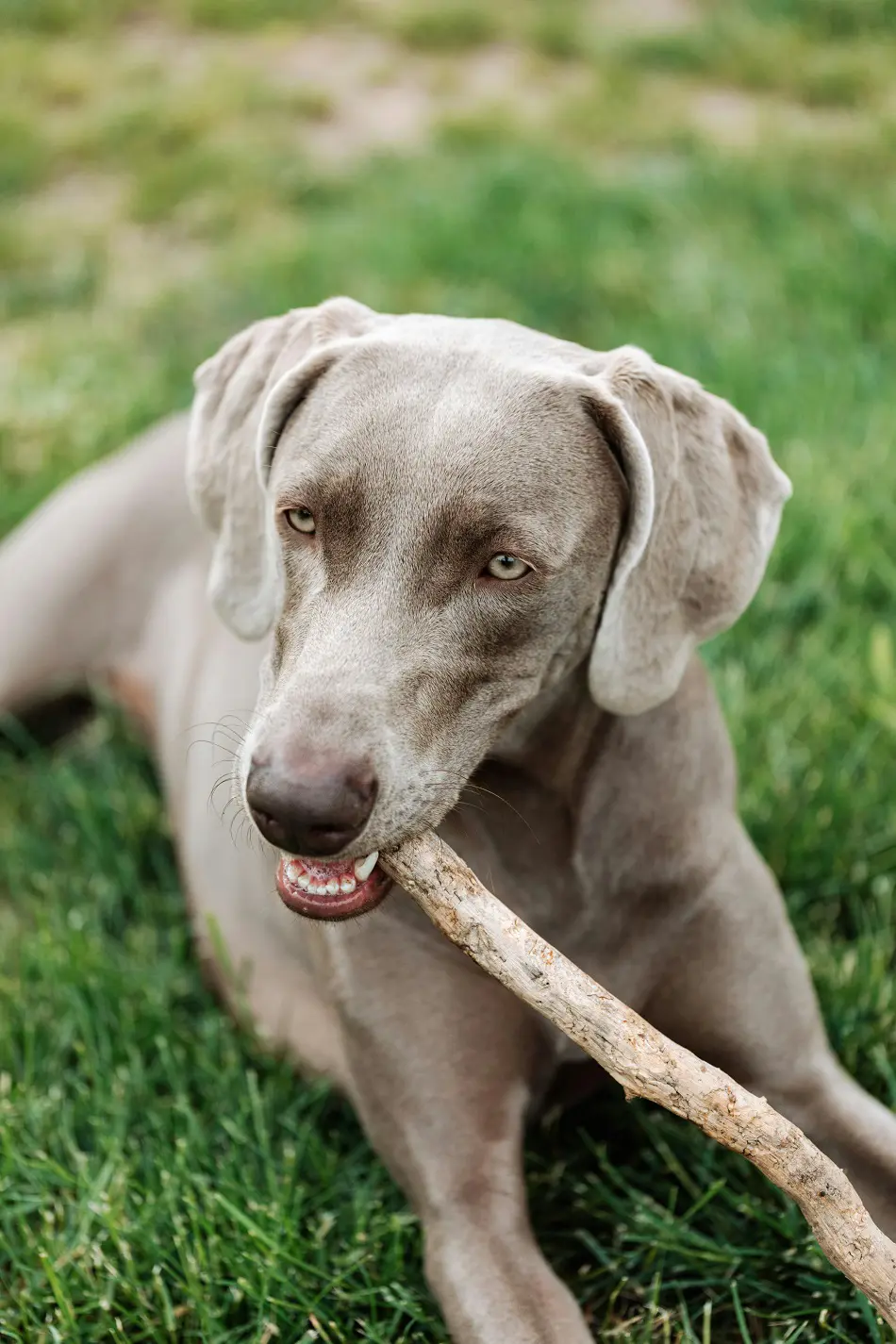
The most apparent indication that a dog is suffering from pica is the frequent chewing of non-food items. This is behavior that goes far beyond normal chewing and is aimed at objects not to be ingested. Dogs with pica will chew up rocks, dirt, fabric, or plastic.
This is very dangerous for the dental structures because it can mean fractured teeth are associated with pain and infection. This is one sign that you should send the animal to the vet for a complete checkup if your pet persists in chewing inappropriate objects. This could also be a sign of possible choking or gastrointestinal obstruction if they chew on non-food items.
A swallowed object can lodge in the dog's throat, esophagus, or intestines and cause serious health complications. Obstruction can be painful and life-threatening if not caught and treated with enough timeliness. Therefore, to avoid enabling such behavior and for health safety reasons, watch your dog on how and what it chews and also that it has toys and proper chews.
2. Vomiting
Pica can lead to frequent vomiting, as foreign items tend to irritate the gastrointestinal tract and may cause repeated extensive vomiting. and chronic vomiting causes dehydration and electrolyte imbalances. If the dog vomits irregularly, and especially a lot, then you must run to the veterinarian immediately, especially if there is endless vomiting after the consumption of any weird object.
Dehydration and chronic vomiting follow with malnutrition and emaciation making them dull, weak, and continually losing fluids and nutrients through vomiting. The straining of vomiting may further stress your dog's body, leading to secondary health problems. In such a case, a vet can establish the underlying cause of the problem and initiate proper treatment to manage symptoms and make your dog recover from the illness.
3. Diarrhea
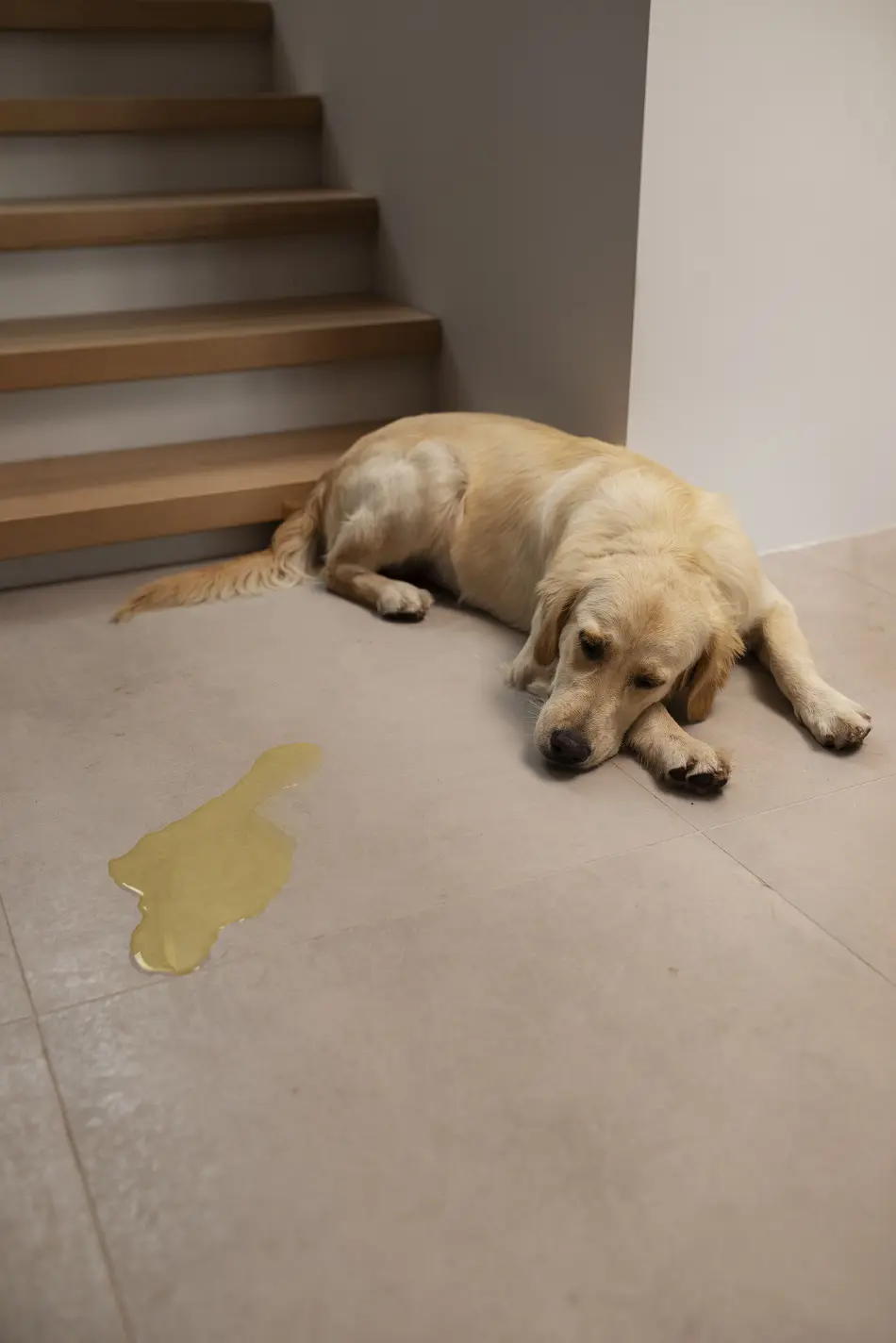
This also causes diarrhea or a loose stool in dogs very frequently and undigested substances inside the body irritate the digestive system, which may bring about irregularities in bowel movement. This could lead to enduringly poor digestion, which at some point will make it impossible for your dog to digest and absorb food properly. Without proper digestion and nourishment, this, therefore, results in weight loss, weakened immune systems, malnutrition, and poor health.
Checking your dog's stool has always been important; if it remains persistent with diarrhea, then it's time to visit your vet to sort out potential problems and avoid further complexities in health. With diet changes and medical treatment directed at the cause, you can help restore digestive health in your dog.
4. Bad Breath
Halitosis is another sign exhibited in dogs with pica which will be the result of decay and bacteria of the foreign material or materials lodged inside their mouths or digestive tracts from incorrect items eaten by the dogs.
Bad breath can be an early sign of any issues with the teeth or areas of the gastrointestinal system due to pica. Visiting a dentist at regular intervals for dental check-ups and cleaning is required for not only maintaining good oral hygiene but also for diagnosing possible causes associated with halitosis.
5. Broken Teeth

Pica can sometimes result in broken teeth because dogs ingest other hard non-food objects. Additionally, in the long term, this incurs pinpoint pain that may open a path for infection and further dental problems. Broken teeth will immediately present painful eating, which will lead to weight loss or even probable malnutrition
Needless to say, do not offer dogs inappropriate items to chew on, but rather offer safe chew toys to prevent dental trauma. If in case you notice any symptoms of dental destruction, go to the vet as a matter of urgency for attention. Regular dental examinations can help in the diagnosis of such problems and help in advance treatments for general well-being.
6. Loss Of Appetite
Pica can cause inappetence or anorexia, and these could make the passage of food feel irritated and blocked in the gastrointestinal, hence causing disinterest in eating normal food. This will translate to emaciation and deficiency of some nutrients in the long course. Therefore, if your dog refuses to eat one day or eats less than usual, the veterinarian's attention should be sought because this refusal may be related to the problem of pica or another problem.
Other health disorders related to pica can result in decreased appetite. This shows that your dog's appetite may also be down due to other pica health disorders, in which your dog has an infection or inflammation of the digestive tract. Chronic anorexia can depress your dog's immune system, and they will finally give in to various ailments. Evaluation and medically treating the cause of loss of appetite can help turn your dog back to good appetite and health.
7. Pawing At The Mouth/Face

Dogs with pica often paw at their mouth or face, which is often related to upset or irritation from ingested foreign matter. Pawing at the face can indicate both dental pain and partial obstruction in the oral cavity. If your dog is constantly pawing at his mouth or face, this is a sure sign to visit the vet regarding the reason for this discomfort.
Pawing may cause further damage if not checked, the gum or tongue can be easily scratched, leading to bleeding, which will make an open entry for bacteria to enter and cause an infection. Such occurrences can be prevented, and a healthy oral lifestyle is maintained by always checking your dog's behavior and always taking him to a vet in case of complications or for further treatment in case the symptoms persist.
8. Gagging
Gagging or retching is one of the most common signs of pica. When most dogs eat inappropriate substances, the body may want to force them out through gagging or even retching. This can be quite distressing for the dog and a sign of either some obstruction or irritation in the throat or stomach. There should be special attention drawn to the situation if the gagging is continuous, as it may lead to other complications if a veterinarian is not seen.
In addition, swallowed objects can grossly irritate the oesophageal or gastric lining, potentially causing painful stimuli that may persist for years and result in chronic health concerns. Intense retching of subjects puts more pressure and depression on your dog. Veterinary care to diagnose and remove the source of gagging is, therefore, of paramount concern to your dog's comfort and welfare.
9. Bloat
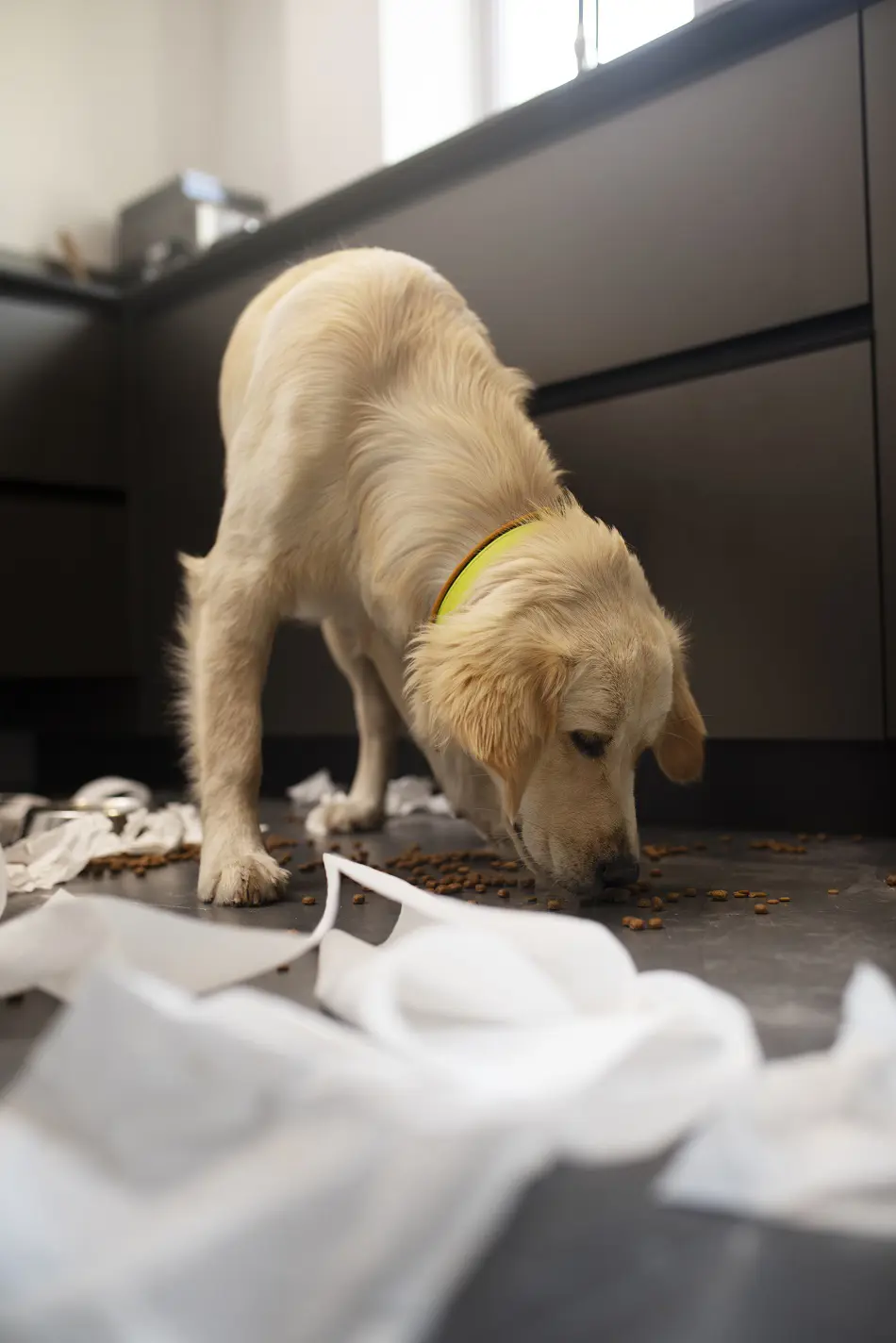
Pica can cause bloating in dogs and these can be extremely painful and could even represent profound obstruction. A distended belly is an emergency only a veterinarian can tend to; a life-threatening sign that must be ruled out.
This will compress other internal organs, thus causing other health issues, including breathing difficulties or lack of proper blood circulation. This requires treatment done instantly, to de-compress the abdominal and also to relieve the blockages that might have been created. Worrying about your dog's abdominal area shall greatly prevent serious health issues if you get him into the vet in an emergency fashion.
10. Tenesmus
Sometimes, dogs with pica also have a violent tensemus, which strains just to poop. This is a state where mostly non-food items block or irritate the intestines of the dog, which makes passing stool very problematic. Too much training leads to very bad gastrointestinal problems that need immediate attention from a vet to prevent further complications.
This can also be extremely painful and uncomfortable for your dog and can result in stress and anxiety for your dog. If the tenses continue for any duration, there can be a development of inflammation of the rectal and anal tissue areas with the potential for irritation, and then bleeding, and eventually inflammation. Specific treatment directed at the underlying cause by a veterinarian will restore your dog to normality and eliminate the pain of the condition.
11. Little or No Amount of Feces Passed

Dogs with pica may pass very little or no feces, despite straining to defecate. This could be indicative of a true full obstruction of the bowels arising from the injection of non-food items. The absence of feces, especially when accompanied by signs of discomfort or if it is not eating and drinking, should be considered an emergency that a veterinarian needs to see right away to diagnose and effectively treat impactions.
The condition may further deteriorate into serious health problems, including necrosis of the affected intestinal segments and systemic infection. Veterinary attention must be sought promptly to avert these possibilities and to ensure that your dog's digestive system functions are restored. Keeping track of bowel movement will, therefore, help in picking up any potential blockage quite early.
12. Occurrence Of Melena
One of them is the occurrence of melena, which manifests itself in the form of dark or black tarry stool. Here, the color of this stool is enough evidence that there exists digested blood in your body system, which normally arises from bleeding in the gastrointestinal tract.
The digestion of razor-sharp or poisonous objects might cause injuries that later result in bleeding. If you observe black tarry stools, take your pet immediately to the veterinarian, because it could be a sign of some serious internal problem.
Gastrointestinal bleeding can result in severe anemia and other serious health complications if the pet is not treated for a long time. Veterinary diagnostics will be able to trace where the bleeding is occurring, and then necessary medication will be provided to avoid further complications. Monitoring the color and consistency of your dog's stool may help in detecting internal problems at the primary level.
13. Drooling

The presence of excessive drooling in dogs may be one of the symptoms of pica. This is believed to irritate or obstruct the oropharyngeal area, hence increasing salivary flow. Drooling is one of the symptoms that persists over time and needs consultation with a veterinarian in case other symptoms materialize to point out the underlying cause.
Nausea, on the other hand, might be there as a result of irritation by ingested objects. If an emitted object is not eliminated, dehydration and other complications might result due to associated health problems. Ensure that your veterinary officer is consulted and your dog monitored for drooling to make him stay healthy and has the best welfare.
14. Mucous Membranes in the Mouth
Blutting or purpling of oral mucous membranes reveals signs of oxygen deficit, possibly due to airway obstruction or severe gastrointestinal distress. This is a condition that requires immediate medical attention. It could be a signal that the ingested objects brought about grave health conditions, and measures should be taken right away to correct them.
The inability to breathe has the potential to lead to organ failure or any other life-threatening abnormal conditions. But immediate veterinary care, to treat blockages and any potential factors causing blue mucous membranes, leads the way to survival and rehabilitation. Watching the mucous membranes of your dog will enable you to detect very early stages of oxygen deprivation.
15. Coughing

Another symptom expressed in pica is coughing and, the object swallowed irritates the throat or forms a partial blockage, it will cause the cough to become recurrent. If a dog is coughing persistently, then it is something that should be examined by a vet to be certain that it is not related to foreign objects or blockages inside the digestive tract.
Chronic coughing also presents an uncomfortably high risk of other health complications, like throat irritation and secondary infections. The sooner the cause of coughing is identified through veterinary care, the easier it will be to take his pain away and reverse some of the damage. Regular monitoring with prompt intervention helps keep respiratory and digestive health in check.
16. Visible Distress or Abnormal Behaviour
They are seen in dogs with pica because they tend to develop visible distress or abnormal behavior. This includes factors such as restlessness, anxiety, or unusual agitation. Changes in behavior clearly show discomfort or pain brought about by foreign bodies in the gastrointestinal tract. If your dog has behavioral changes, then it is a good idea to look for veterinary advice to rule out causes and establish appropriate health issues.
It can also cause behavioral changes associated with psychological stress due to the irritation produced by the ingested object. Then your dog may act anxiously or fearfully due to the uneasiness created by these objects inside the body. Proper veterinary treatment and psychological intervention may help in changing your dog's behavior and making him healthier.
17. Weight Loss

Dogs often shed some weight when they develop chronic pica. The reason behind this may be either the food is not being digested properly or absorption is being hindered, leading to gradual weight loss.
In addition to this, the discomfort and blockages could suppress the appetite of your dog. So, monitoring your dog's weight and taking unexplained weight loss to a vet could salvage your dog's life.
General weight loss does weaken the immune system, which eventually affects your dog's health. It is thus important to seek veterinary care and effect a few diet changes to help your dog regain health and prevent further complications. Regular check-ups of weight and early intervention would avert lots of problems in dogs.
18. Lethargy and Weakness
These are also typically found in pica-afflicted dogs, where the lethargic condition manifests. Physical exertion from ingested non-food items, along with possible nutritional deficits and problems in the gastrointestinal system, brings together a general lack of energy. Even if your dog is now getting worn out or weak, the veterinarian should be informed because the underlying condition should be ruled out.
Chronic lethargy may influence the quality of life and health of your dog. Accordingly, ensuring proper veterinary care for your dog and taking steps to resolve these problems will help enhance the energy level of the pet, thus ensuring well-being. Indeed, one can easily identify this condition at a very early stage by observing its activity levels and seeking veterinary help to treat pica problems.
Top Lists
